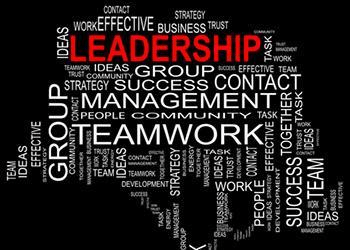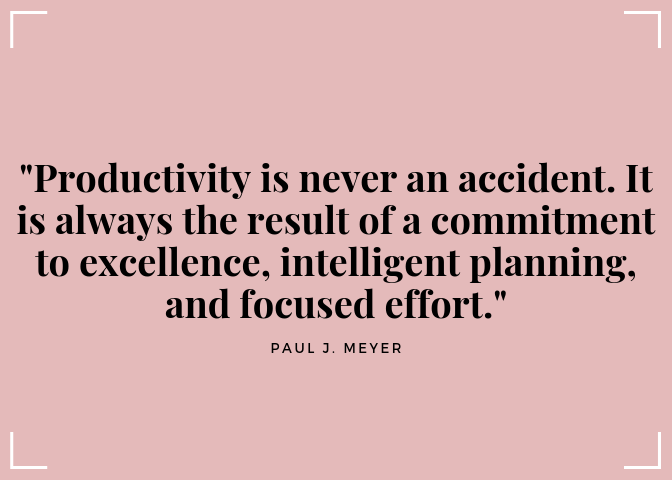Maximizing Grant Impact: Strategies for Effective Program Implementation

Securing a grant represents a monumental achievement for any entity or individual striving to confront societal challenges or propel constructive transformations forward. It signifies a crucial step toward making a tangible impact and fostering positive change within communities. While obtaining a grant marks a substantial milestone, the true impact transcends mere acquisition; it hinges on the adept execution of the proposed program or project. Effectively implementing the envisioned initiatives is where the transformative potential of the grant truly manifests. Maximizing the impact of a grant necessitates a meticulous approach, characterized by thorough planning, strategic execution, and continuous evaluation. This comprehensive process ensures that resources are allocated judiciously and utilized optimally, ultimately leading to the attainment of desired outcomes. Below are eight fundamental strategies essential for the effective implementation of programs, designed to unlock the full potential and maximize the impact of grants. These strategies serve as guiding principles, shaping the trajectory of grant-funded initiatives toward meaningful and sustainable outcomes.
Define Clear Objectives
Before diving into implementation, it's crucial to define clear and measurable objectives for the program. These objectives should align with the grant's purpose and the organization's mission. Clear objectives serve as guiding principles throughout the implementation process, helping to focus efforts and resources on achieving specific outcomes. Additionally, incorporating measurable objectives equips organizations with the tools to systematically monitor advancements, gauge the effectiveness of interventions, and enact timely modifications as warranted, fostering a dynamic and responsive approach to program management.
Develop a Detailed Implementation Plan
A well-thought-out implementation plan is essential for the successful execution of any program. This plan should outline the steps, activities, and timelines required to achieve the stated objectives. Key components of the implementation plan include:
- Timeline: A realistic timeline that identifies key milestones and deadlines.
- Budget: A detailed budget that allocates funds for various activities and expenses.
- Roles and Responsibilities: Clear assignment of roles and responsibilities to team members, volunteers, or partners involved in the implementation.
- Monitoring and Evaluation: Strategies for monitoring progress, collecting data, and evaluating outcomes throughout the implementation process.
Cultivate Stakeholder Engagement

Engaging stakeholders effectively is paramount for the success of programs supported by grants. It serves as the linchpin for building meaningful relationships, fostering collaboration, and ensuring alignment between the program's objectives and the needs of the communities it aims to serve. Stakeholders may include community members, beneficiaries, government agencies, donors, and other organizations. Involving stakeholders from the outset helps build buy-in, fosters collaboration, and ensures that the program meets the needs of its intended audience. Strategies for stakeholder engagement may include regular communication, soliciting feedback, involving stakeholders in decision-making processes, and fostering partnerships with other organizations or agencies.
Foster Collaboration and Partnerships
Collaboration and forming strategic partnerships represent indispensable avenues for amplifying the impact and extending the reach of grant-funded initiatives. By leveraging the collective expertise, resources, and networks of diverse stakeholders, organizations can cultivate synergistic efforts that drive sustainable change and address complex societal challenges more comprehensively. Collaborative efforts may involve partnering with other nonprofits, academic institutions, government agencies, or private sector entities. When selecting partners, it's important to identify organizations that share similar goals and values and have complementary capabilities and resources.
Implement Effective Project Management
Implementing robust project management methodologies stands as a cornerstone in ensuring the effective oversight and efficient utilization of resources within grant-funded programs. By adhering to stringent project management practices, organizations can maintain alignment with timelines and budgets, mitigate risks, and optimize the allocation of funds, thereby fostering a climate of accountability and maximizing the program's potential for success. This includes establishing clear communication channels, holding regular meetings to review progress and address challenges, and maintaining transparency in decision-making processes. Project managers should also be prepared to adapt to unforeseen circumstances and make necessary adjustments to ensure program success.
Embrace Innovation and Flexibility
Grant-funded programs often operate in dynamic and evolving environments. Embracing innovation and flexibility allows organizations to adapt to changing circumstances, seize new opportunities, and overcome obstacles more effectively. This may involve experimenting with new approaches, technologies, or partnerships to improve program outcomes. Organizations should also be open to learning from both successes and failures, using insights gained to inform future initiatives.
Monitor Progress and Evaluate Impact

Monitoring progress and evaluating impact are essential components of effective program implementation. Regular monitoring allows organizations to track progress toward objectives, identify challenges or bottlenecks, and make timely adjustments as needed. Evaluation involves assessing the overall effectiveness and impact of the program in achieving its intended outcomes. This may include collecting data, conducting surveys or interviews, and analyzing results to measure changes in behavior, attitudes, or conditions among target populations.
Communicate Results and Lessons Learned
Effective communication of results and lessons learned is vital for demonstrating accountability, building credibility, and informing future decision-making. Organizations should disseminate findings and successes through various channels, such as reports, presentations, press releases, and social media. Sharing lessons learned allows others to benefit from experiences and insights gained during program implementation, contributing to collective knowledge and best practices in the field.
Maximizing the impact of grant-funded programs requires careful planning, strategic execution, and ongoing evaluation. By defining clear objectives, developing detailed implementation plans, cultivating stakeholder engagement, fostering collaboration, implementing effective project management practices, embracing innovation and flexibility, monitoring progress, evaluating impact, and communicating results, organizations can enhance the effectiveness and sustainability of their programs. Ultimately, by maximizing grant impact, organizations can make a meaningful difference in the lives of those they serve and contribute to positive social change.











